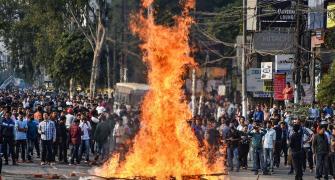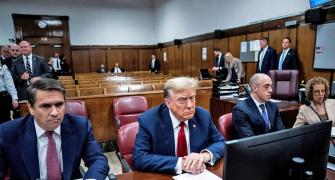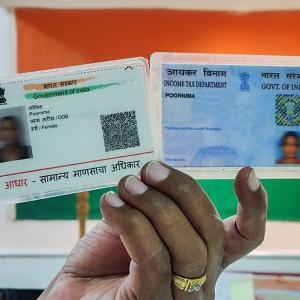In 2009, the UPA government, had announced a slew of measures to boost liquidity in NBFCs.
These included a scheme for providing liquidity support to NBFCs having assets size of over Rs 100 crore through a SPV.

The government has strongly advocated direct intervention by the Centre in stressed non-banking financial companies (NBFCs) on the lines of the model followed by the United Progressive Alliance (UPA) government under then finance minister Pranab Mukherjee in 2009.
“A direct intervention approach for the cause of financial stability will help reduce the stress challenging the sector, enable liquidity provision, and reduce refinance risk for solvent entities,” says a note circulated by the government to the Parliamentary Committee on Finance.
The proposals have been discussed at the highest level in the finance ministry and are likely to find mention in the Union Budget, due in February next year.
In 2009, the UPA government, under the leadership of Prime Minister Manmohan Singh, had announced a slew of measures to boost liquidity in NBFCs in the aftermath of the global financial crisis.
These included a scheme for providing liquidity support to NBFCs having assets size of over Rs 100 crore through a special purpose vehicle (SPV).
NBFCs whose net non-performing assets were not more than 5 per cent were eligible for funding under the scheme.
The scheme resulted in a strong uptick in the liquidity position of NBFCs and, according to the Reserve Bank of India (RBI) data, total uptake through the facility was almost Rs 25,000 crore.
The note has not only favoured the UPA-era scheme to bail NBFCs out of their current mess, but also laid down its broad functionalities.
It said the Centre could also consider guaranteeing the securities (usually Pass Through Certificates) issued by these SPVs.
The guarantee could be driven by reasons of public interest to maintain financial stability in the system.
The PTCs would be secured and backed by collateral.
The SPV could be set up in the public-private partnership model, as was done in 2009, the note said.
It goes on to add that on the basis of the government guarantee, the RBI will purchase the PTCs issued by the SPV, which will use the rupee resources to subscribe to commercial paper/corporate debentures that are coming up for refinance for the NBFCs concerned.
The note also advocates that the government should closely examine Section 17 and 18 of the RBI Act and create a mechanism for direct provision of liquidity to the commercial sector by the RBI against non-sovereign collateral.
Additionally, a special repo window for NBFCs could be considered.
“The IDBI Stressed Assets Stabilisation Fund template of 2009 could be useful in this regard,” the note said.
The total fund flow from both bank and non-bank sources to the commercial sector, which was around Rs 7.36 trillion in April-September 2018 has dropped to around Rs 1 trillion in the current year, a fall of around 86 per cent.
“The NBFC challenge through the credit and real estate channel does have an impact on consumer confidence and aggregate demand through income and assets effects,” the note said, highlighting active government policy could help accelerate healing in this sector.
On the proposal in the Budget 2019-20 providing a one-time partial guarantee to state-run banks to buy high-rated pooled assets of financially sound NBFCs, the note said the scheme could be extended to foreign/private sector banks as well to PTCs, as currently only direct assignment is permitted.










